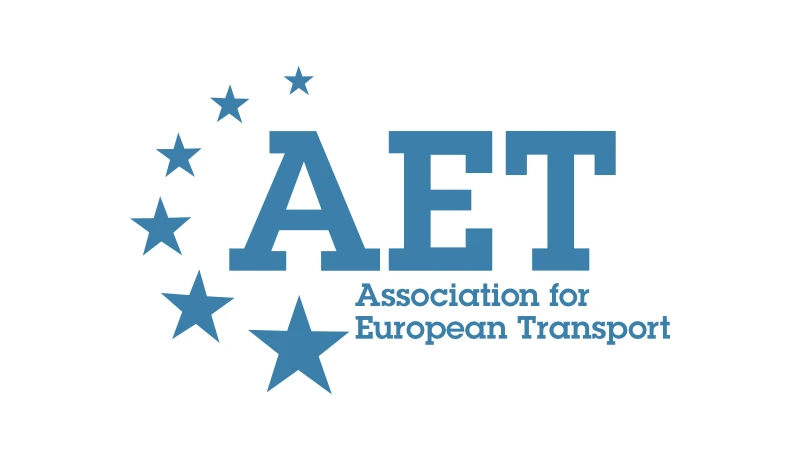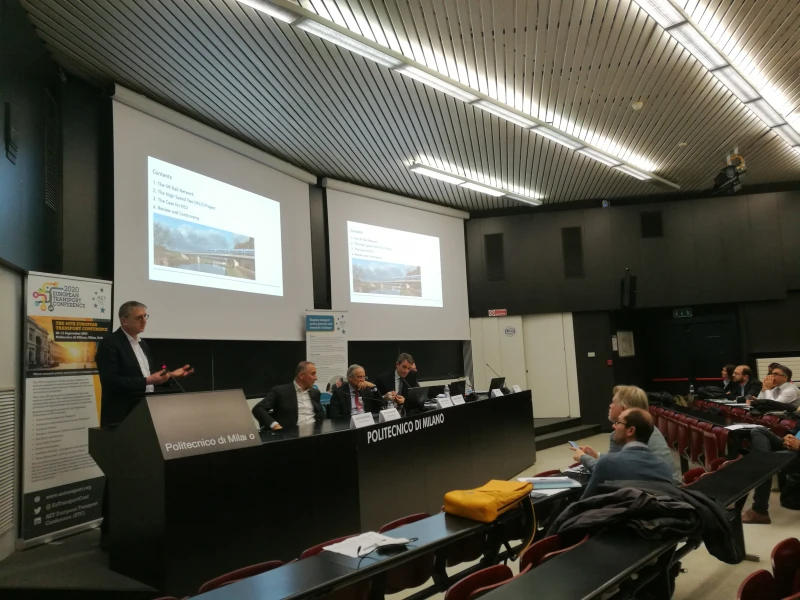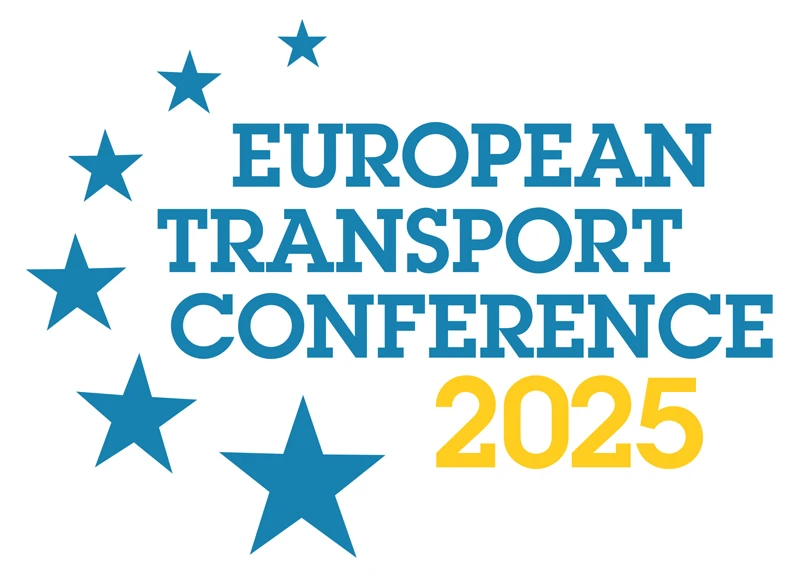-
Past ETC Papers
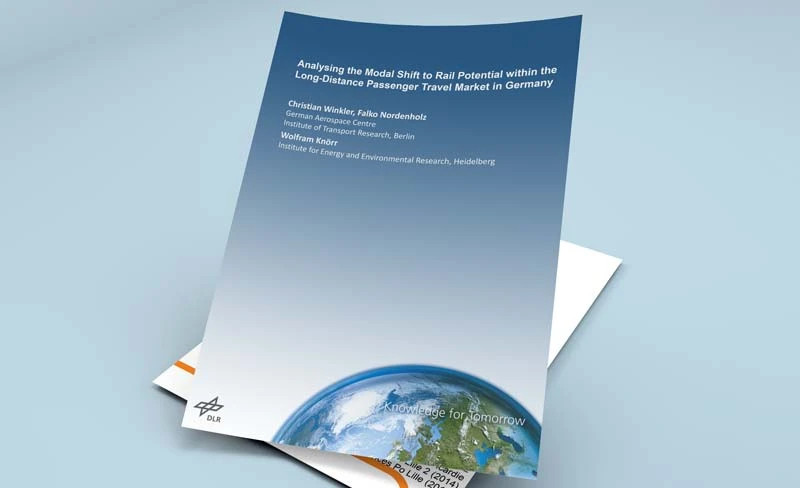
Browse, search and view papers from the past AET Conferences.
-
Members' Area

AET promotes networking and exchange of ideas, information and opportunities amongst members.
Conference Papers 2020
Online
ETC Conference Papers 2020
Shared autonomous cargo bike fleets – a better solution for future mobility than shared autonomous car fleets?
Seminar
Day 1 (9 Sep 2020), Session 1, Connected and Autonomous Vehicles, 10:00 - 12:00
Status
Accepted, documents submitted
Submitted by / Abstract owner
Tom Assmann
Authors
Tom Assmann
Ellen Matthies
Franziska Gehlmann
Stephan Schmidt
Short abstract
We present the concept of next generation bike sharing with autonomous (cargo) bikes. We will furthermore discuss how and why it can better improve sustainability of urban transportation then shared autonomous car fleets.
Abstract
The societal mission of mitigating air pollution and greenhouse gas emissions are forcing urban agglomerations worldwide strongly greening their urban transportation systems. The global megatrend of urbanization aggravates those challenges by steadily increasing the demand for urban movements of people and goods.
Shared autonomous fleets of predominantly electrical powered cars are heavily discussed and put forward as promising solution. On the one hand, they shall reduce emissions through the electric powertrain and reduce congestions by allowing more efficient use of each car and on the other hand strongly improve traffic flows through better management and enhanced communication between cars.
Although the promise of shared autonomous car fleets seems very straightforward, the positive effects are challenged by recent studies. Fraedrich et al. (2017) and Hörl et al. (2019) clearly show, that such mobility services increase the mileage travelled in urban agglomerations. This may lead to increased congestions and energy consumption. Street designs are likely to reinforce the functional separation of traffic flows to facilitate efficiency gains of autonomous driving (Millard-Ball, 2016). By doing so, multi-usage of streets, which is a prerequisite of urban liveability, is mitigated.
Taking those backsides of shared autonomous car fleets, this paper is proposing the new approach of shared autonomous cargo bike fleets integrated into public transport systems. Firstly, the concept of next generation bike sharing and its special on-demand function in organizational and technical detail is outlined. Following the paper will elaborate on the advantages and disadvantages of the vehicles, vehicle safety, operation principles, mobility patterns addressed and perceived effects on traffic in contrast to shared autonomous car fleets. Further we investigated possible factors relevant for the acceptability of an autonomous bike system, by means of structured focus group discussions and experiments with possible users and passer-by s.
The results clearly demonstrate that shared autonomous cargo bike fleets are a vital alternative to shared autonomous car fleets in terms of emissions, space occupancy and public acceptability. However, some barriers in vehicle design, autonomous driving behaviour and mobility service need to be addressed in future work.
Bibliography
Fraedrich E, Kröger L, Bahamonde-Birke F, et al. (2017) Automatisiertes Fahren Im Personen- Und Güterverkehr. Stuttgart: e-mobil BW GmbH; Deutsches Zentrum für Luft- und Raumfahrt e.V. Institut für Verkehrsforschung; Ministerium für Verkehr Baden-Württemberg.
Hörl S, Becker F, Dubernet T, et al. (2019) Induzierter Verkehr Durch Autonome Fahrzeuge: Eine Abschätzung. Institut für Verkehrsplanung und Transportsysteme, ETH Zürich
Millard-Ball A (2016) Pedestrians, Autonomous Vehicles, and Cities. Journal of Planning Education and Research 38(1): 6–12. DOI: 10.1177/0739456X16675674.
Programme committee
Intelligent Mobility - Management and Operation
Topic
Autonomous Vehicles
Documents:
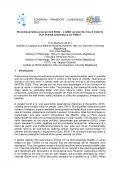
Association For
European Transport
Forester House
Doctors Lane
Henley-in-Arden
Warwickshire, UK
B95 5AW
+44 (0) 15 64 793552
VAT number: 710 1866 64
Conference Supporters & Endorsers




Legal Entity
The Association for European Transport is registered as an Association ('vereniging') with the Chamber of Commerce for Haaglanden in The Netherlands under company number 27170096.
Built on Zenario

